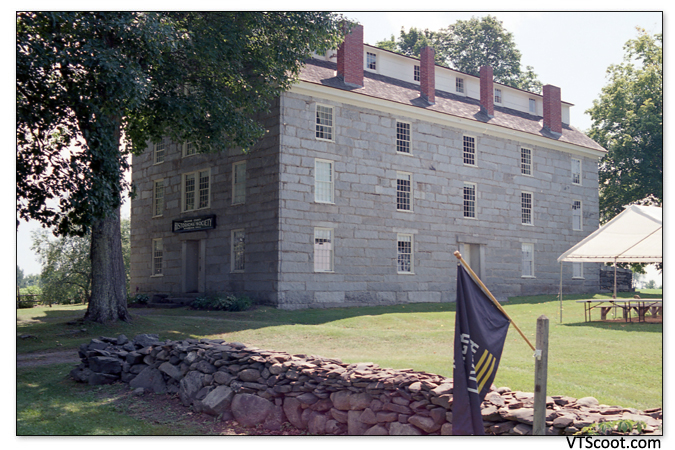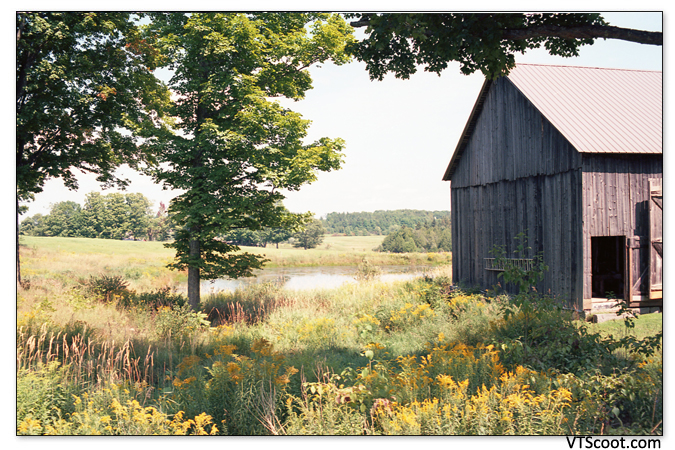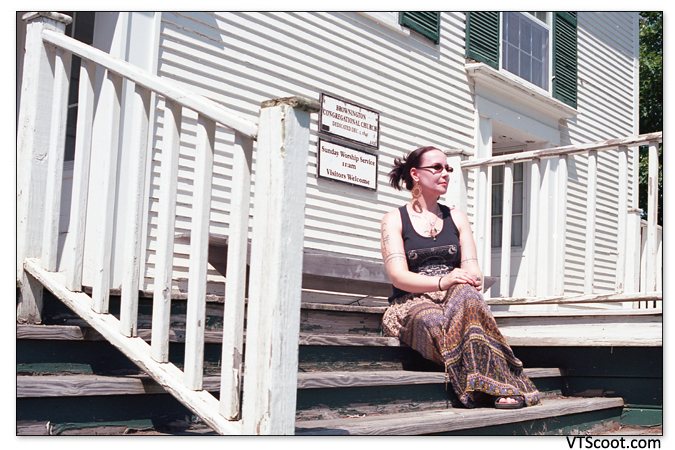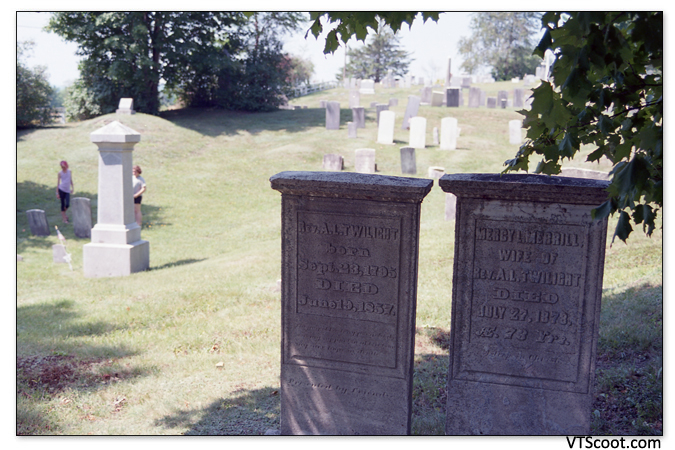Old Stone House Museum

While on vacation in the Northeast Kingdom of Vermont we happened upon something called the Old Stone House Museum and Historic Village. What is that? I’ve never heard of it. We were looking for places to visit and take photos while on a recent trip to the region, the list of places wasn’t very long, there’s not a lot up here, so we took the half hour detour into Brownington, VT to see for ourselves.
On the way we past through big expanses of open farmland in the otherwise non-developed miles and miles of Vermont’s most rural area. We stopped at an intersection and gave the right of way to an Amish horse and buggy on our left. “Oh!” my partner exclaimed. “You don’t have many Amish out in the southwest, do you?” I asked her, referring to the area where she spent most of her life. “Nope.” she answered. “Well, we have Amish here. There’s an Amish farmstand somewhere around here, we should get some stuff before heading back.” I never found that farmstand, unfortunately, but it began a car conversation about what modern amenities the Amish might use in their daily life. Do they use any modern farm equipment? Any electricity? What about their housing? Is it subject to local codes and inspections? No idea, life without air conditioning and WiFi is a foreign concept to “English” like me.

As it turns out, the Old Stone House is a significant structure with regard to the cultural evolution of America’s history. Athenian Hall, as it is otherwise named, was built by Alexander Twilight in 1836. Twilight was America’s first African-American college graduate, graduating from Middlebury College in 1823. In 1836 he was the first African-American ever elected to a state legislature, serving in the Vermont House of Representatives, and he remained the only African-American elected to state legislature before the Civil War.

To be honest, though, not in love with the name. “Old Stone House” says nothing.
Athenian Hall (the building’s actual title) was built as a school dormitory for students who needed to travel longer distances to the Orleans County Grammar School, which was the only school in the county. It served as a dormitory from 1836 to 1859, and then closed due to lack of significant school enrollment. Alexander Twilight died in 1857, but Twilight’s widow remained in the house until moving to Derby, VT in 1865. Both of them are buried in the church cemetery at the top of the road. The house is the headline attraction of the Brownington Village Historic District, which consists of ten buildings at the intersection of Hinman and Brownington Center roads.
There are guided tours of the house at scheduled intervals, but we didn’t want to wait around for it, and opted instead to just wander around the small neighborhood, as this was to just be a short visit. The district is basically a quiet road with some old houses and barns, there is a good sized parking lot at the visitor center, perhaps they have a lot of school field trips. I remember coming to places like this when I was in elementary school. Though the offerings as a destination are minor, we enjoyed taking a leisurely stroll down the street, taking photos and talking about our day. We peeked into the windows of the stone house, and spent some time walking through the garden (we like gardens), took some photos, then got back on the road.

Driving past the “Black Lives Matter” flags on the site (there for obvious reasons) and similar flags through town, competing with the “All Lives” and “Blue Lives” flags that also dotted the roads out of Brownington, it felt like many things have changed since Twilight settled here 200 years ago, but not everything.
